Bird’s Nest: Ultimate Uses, Rewarding Recipes and More
Just got yourself a box of high-quality bird’s nest?
How do you make full use of it and what are the different recipes you can explore?
Let’s dig in and find out!
What Is Bird’s Nest Made Of?

They are made entirely from the edible saliva of the male swiftlet and the nests are highly valued for their nutritional properties.
They are commonly consumed as a form of beauty food to boost one’s complexion, immune system and stimulate cell growth.
The Nutrients in Bird’s Nests
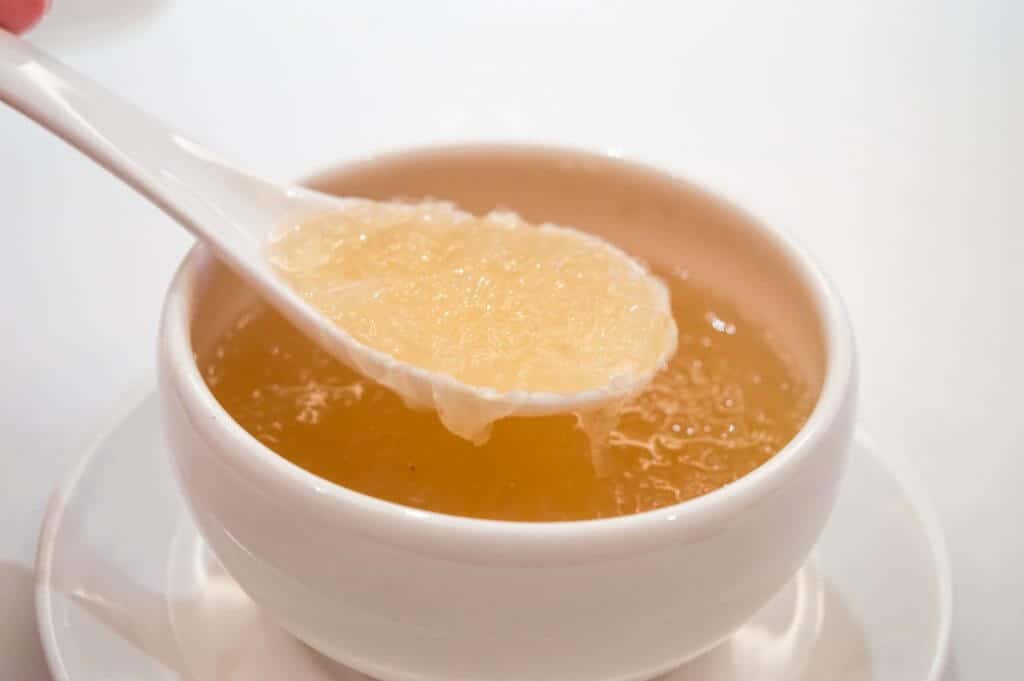
These nests are treasured for many benefits like improving the skin condition and relieving stress for a healthy and strong body.
They have high glycoprotein content, collagen, amino acids, antioxidants, hormones and various minerals such as calcium, potassium, iron, and magnesium.
Amino acids are valued for their tissue regeneration and cell growth abilities.
Scientific Research for Bird’s Nest

The nests have been studied for a long time and it’s proven that the contents can improve lung, kidney and stomach health as well as blood circulation.
The antioxidants, collagen, amino acids and proteins also stimulate cell and tissue growth and regeneration, all of which have anti-ageing effects. The sialic acid and tyrosine present also stimulate the growth of red blood cells and speed up recovery.
Bird’s Nest Boosts My Immune System

Bird’s nest soup can be used to stimulate the appetite, improve digestion and stimulate bowel movement. Regular consumption can improve the lungs and kidneys and overall immune system to prevent cold, flu, and increase the body’s resistance to external diseases.
Many mothers and grandmothers swear by the soup’s improvement to the overall health and immunity of their beloved children and grandchildren.
This has been a traditional remedy since the ancient days of imperial China, where only the royal family and those with good connections could eat the soup.
Bird’s Nest’s Benefits for Skin

The nest has large amounts of epidermal growth factor (EGF), a protein with anti-ageing capabilities to stimulate skin growth and collagen production.
The richness of protein, collagen and amino acids can help women improve their complexion and maintain their youthful skin.
How Often Should You Eat Bird Nest?
You should include small amounts of white bird’s nest into your diet and consume birds nests regularly.
It’s advised to eat one nest per day for a week to reap the full benefits and nutritional value. Golden and red nests should be taken in moderation as the mineral content may be too much for the body to process.
When Should I Eat Bird’s Nest?

It is best eaten on an empty stomach either in the morning when you wake up or before bedtime.
An empty stomach will be able to absorb and use all the nutrients and minerals of the nest. For the best nutritional value, they should be eaten with rock sugar or honey, red dates and either as a soup, warm or chilled.
Is Bird’s Nest Vegetarian?
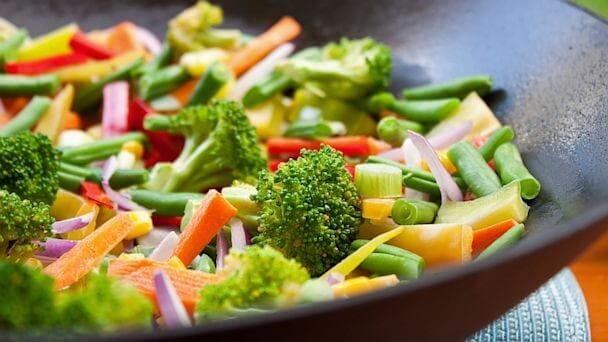
It depends on personal belief.
Farms usually harvest the nests only after the swiftlets have left for good. This ensures that no birds are harmed in the harvesting process and you’re not depriving the swiftlets of their home when you eat bird’s nest.
Saliva can be considered an excretion by the swiftlets when building their nest. Therefore, it’s not a product derived from the animal itself.
However, this is subjective as vegetarians generally do not consume any food product from animals.
By our standards, it’s suitable for consumption by vegetarians and it’s important for you to only buy from trusted and reliable companies to ensure no harm is done to the birds.
You can read more about the common myths and misconceptions of bird’s nest here.
Why Is Bird’s Nest Soup So Expensive?

The nests is expensive because of their high nutritional value and lack of supply.
Premium ingredients used in the stew can also affect the price of the soup. Cave nests are more expensive due to the effort and risk needed to harvest them, but in terms of nutritional value, they are the same as farm nests.
What Does Bird’s Nest Soup Taste Like?
The taste of bird’s nest soup is dependent on the broth it’s cooked in or the seasonings used.
By itself, it’s tasteless and is commonly eaten for its nutritional properties and jelly-like texture. To enhance the sweetness of the soup, rock sugar is often added.
How Do You Make Bird’s Nest Soup?
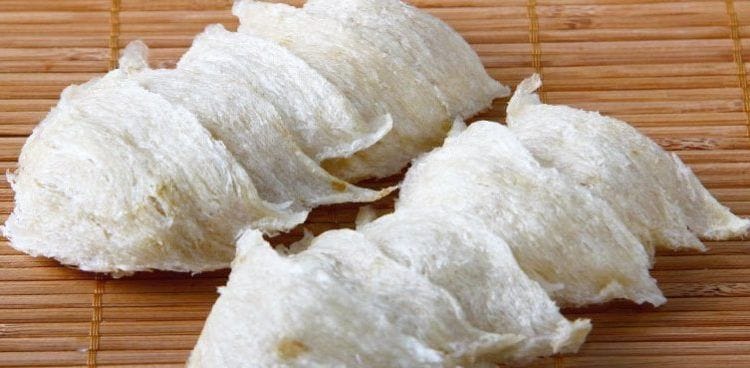
How do you cook bird’s nest? The most common and simple way is stewing (double boiling) it with rock sugar for a sweet and nutritious dessert that can be consumed either warm or chilled.
Before you start preparing your nutritious bowl of goodness, you need to be aware of the following:
- Soaking and cleaning the nest
- Stewing
- Length of time
- Ingredients and recipe
How to Soak Bird’s Nest, and for How Long?

The duration of soaking is dependent on the quality and type of nest. The usual farm nests require soaking for about three to eight hours while wild cave nests require at least 24 hours of soaking due to the toughness of the nest.
Here are the directions:
- Place the nest in a bowl of cool and clean water. Ensure that the water covers the nest entirely as full contact with the water allows the nest to absorb the water fully.
- Water can be changed once or twice during the soaking period.
- After 3 – 8 hours, the nest will be soft and expand in size.
- For cave nests, there may be a small amount of feather or debris which you can remove using a pair of tweezers. You can place the nest on white cloth for you to see the dark feathers or debris easily.
- Use a strainer or net to remove the excess water.
- If there are still impurities, you can rinse the nest a few times, tearing small pieces of the nests to allow the impurities inside to be washed off.
Stewing Bird’s Nests Soup
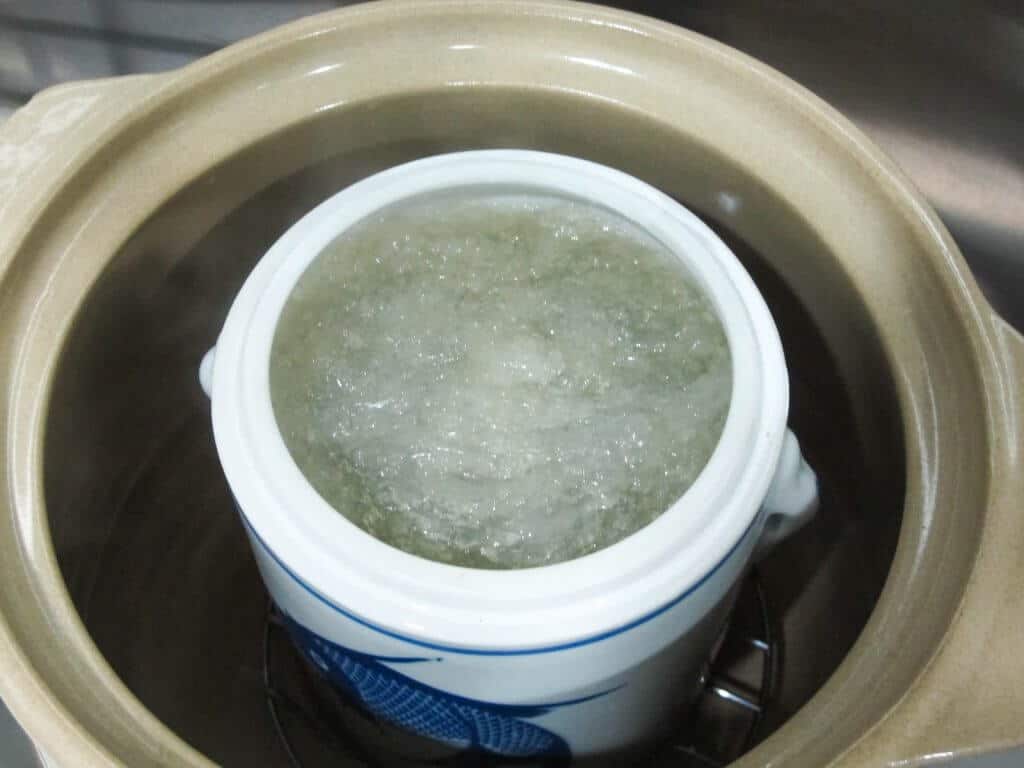
They should be prepared over indirect heat either by stewing or steaming. The nests are to be placed in a bowl in a pot of hot water where the boiling hot water from the pot steams them.
15 minutes should suffice to soften the nest after the water starts to boil and is left to simmer.
Electronic stewing pots or slow cookers can be used for convenience. Remember to adjust the heat intensity to a low level to keep the nest warm so you can serve it to your loved ones once ready.
Avoid microwaving or boiling the nests over direct heat as the nests will disintegrate and the nutrients will be lost.
- The water in the stewing bowl must cover the entire nest and other ingredients. The water level should not be more than 70% of the stewing bowl’s full height as the water level will rise during cooking.
- Boil the pot of water (that is holding the stewing bowl of bird’s nest) and reduce the heat to a simmer.
- The active ingredient, the “mitogenic stimulation factor”, gets active around 80 degrees celsius (176 Fahrenheit). The effectiveness will be lost if the nest is boiled directly at more than 80 degrees Celsius. Hence, once the pot of water boils, reduce the heat and let it simmer.
Bird’s Nest Soup Recipe
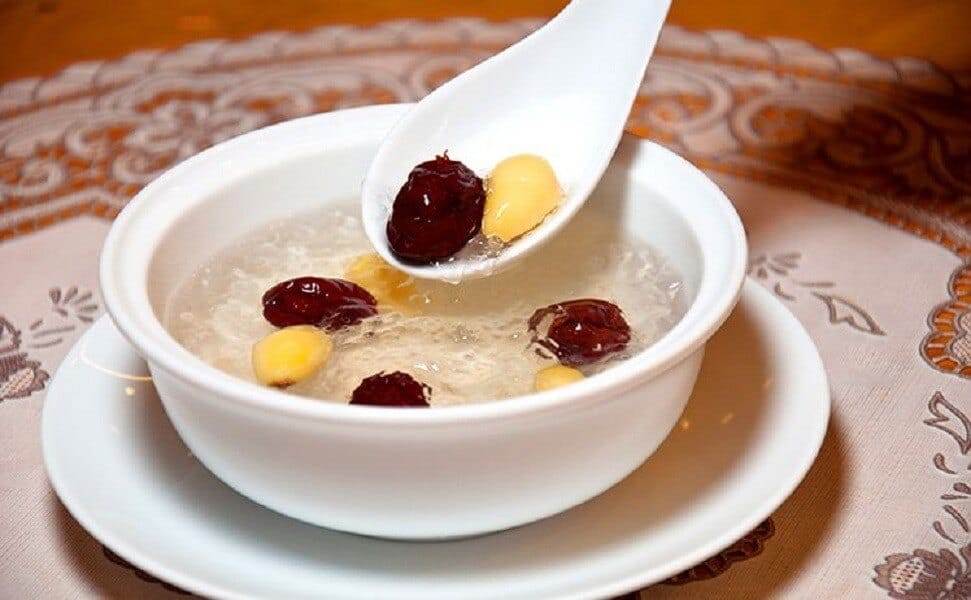
Ingredients:
- 1 piece of bird’s nest (a whole nest of 8g for 1-2 servings)
- 1 bowl of water (preferably filtered)
- A few pieces of rock sugar to taste (quantity depends on how sweet you like it to be)
- Alternatively, you can replace the sugar with organic raw honey.
Complementary ingredients to add to improve the nutritional value:
- 4-5 pieces of red dates
- 4-5 pieces of dried longan
- 4-5 pieces of wolfberries
- 4-5 slices of Korean ginseng or American ginseng
Steps:
- Soak the dried nest in a bowl of water for 8 hours.
The end result will be a soft, expanded, fibrous gelatine mixture. - Remove any impurities such as residual feathers with a tweezer.
- Add the bird’s nest in a bowl of water along with other ingredients such as red dates, dried longan, wolfberries or ginseng into a small bowl and cover it with a lid.
- Place the bowl into a large pot of water for boiling, making sure half the bowl with the nest is submerged in the water.
- Start the heat, and observe that the water in the large pot is boiling, then cover the pot with a pot lid.
- Leave the pot to boil for 15 minutes.
- Remove bird’s nest from heat and add either organic honey or rock sugar into the mix to suit your preferred sweetness level.
Once the soup is cooled, you can have it as a warm soup or chill it in the fridge for a cold dessert later!
Maintaining the Quality of Bird’s Nest
Bird nest is expensive so you want to store it safely so it doesn’t deteriorate in quality or quantity.

How to Store Bird’s Nest?
Raw nests should be stored in a cool, dry and airtight environment, preferably in the refrigerator or somewhere away from heat. Raw nests usually have a shelf life of two years.
It’s important to check the expiry dates of the product before purchase. Bottled nest should be consumed within the week it’s opened and should be kept in the refrigerator. Unopened bottles usually last up to 2.5 years from their manufacture date.
What Is My Bird’s Nest Drink Made Of?
Bird’s nest drinks are made of a small portion of bird’s nest and a lot of sugar. Even though bottled forms may be “instant” and readily available at the nearest supermarket, they may not be good for your body.
Pre-bottled nests contain high and excessive levels of sugar that can cause weight gain, diabetes, and high cholesterol.
It’s recommended to buy dried nests and prepare them yourself to control the nutritional content. You can prepare a bottle of chilled bird’s nest as a refreshing drink on the go or enjoy it at home.
Where Can I Buy Bird’s Nests in Singapore?
Here at HoneyCity, we provide bird’s nests of the highest quality at the best prices. Specially imported from the fishing villages in Indonesia, you can be assured of the quality and standard.
With a click, you can enjoy the nutritional goodness of premium nests conveniently delivered right to your doorstep!
We have our nests listed below for your convenience so satisfy your cravings with HoneyCity today!
[vc_row][vc_column]


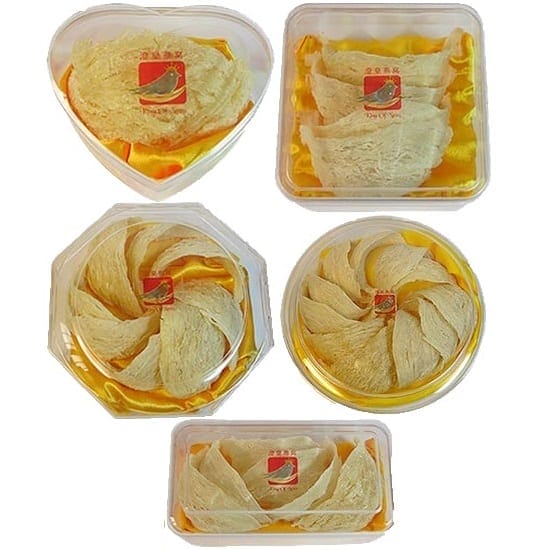
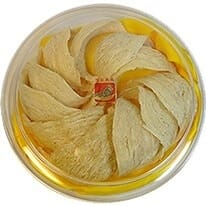
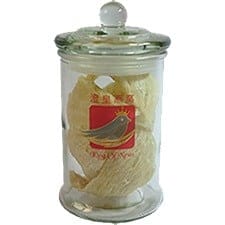
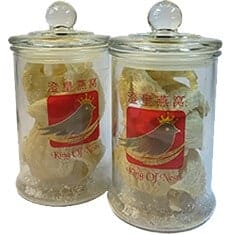

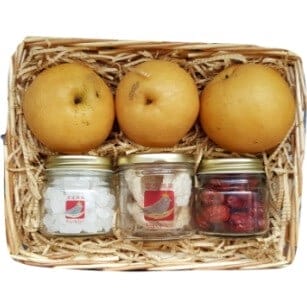
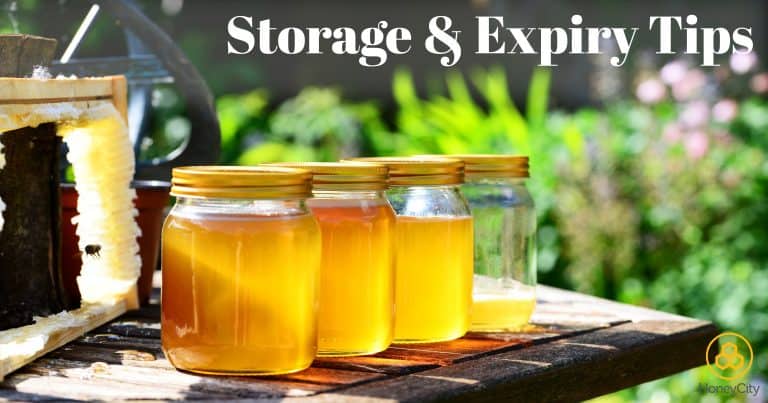

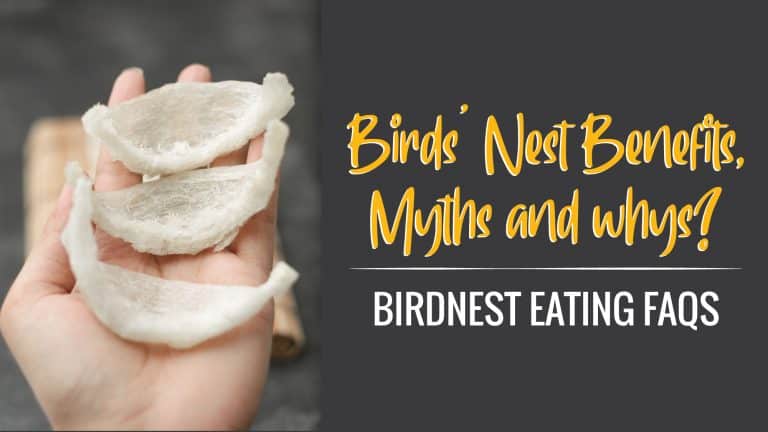
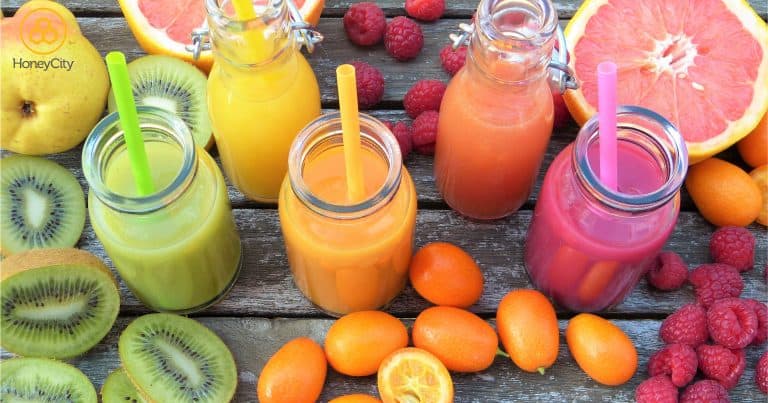
Amezing! I just like it and now following this blog.
Great post. These edible swiftlet nests improve skin, beauty or immune systems. It’s a great source of amino acids.
Thanks!